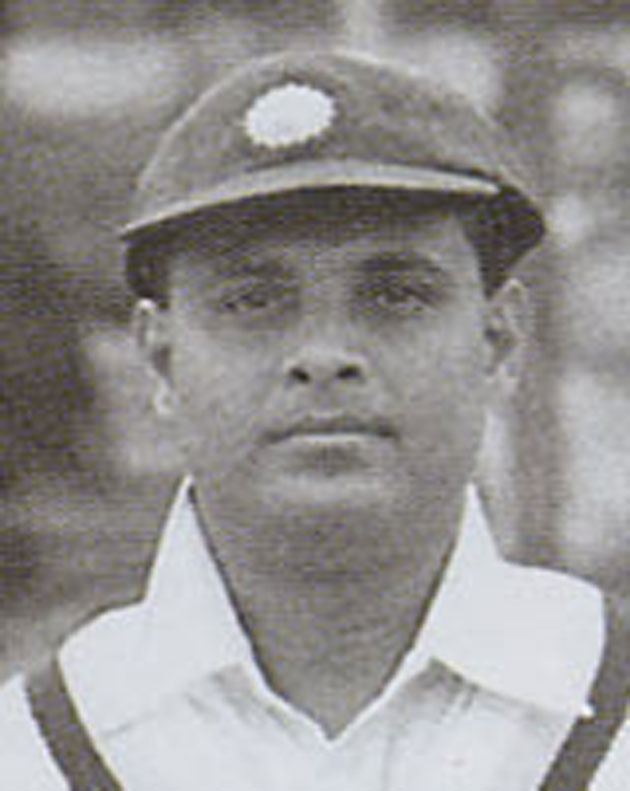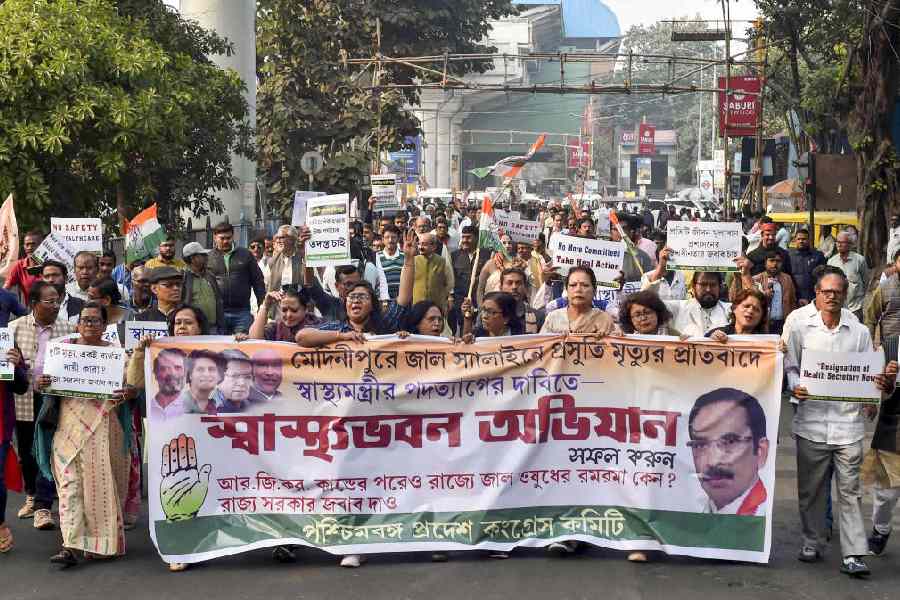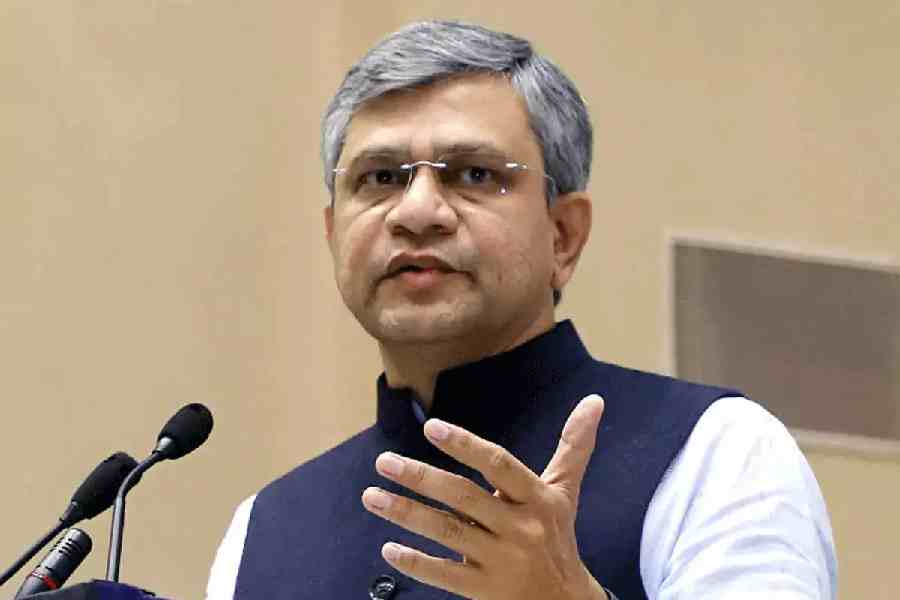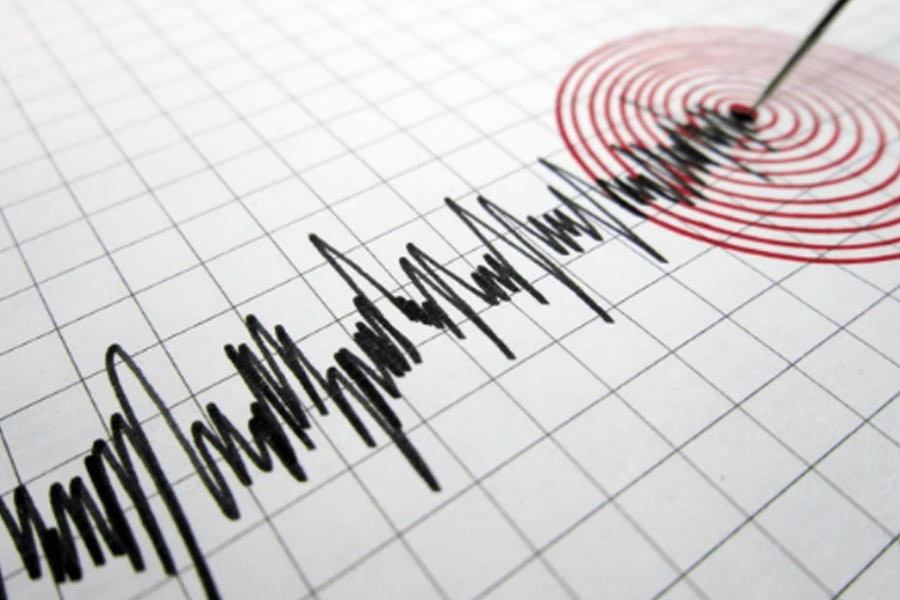Much like Boris Johnson’s government is trying to use football’s Project Restart as a morale booster for a virus-weary country, cricket was the vehicle the newly installed administration of Clement Atlee felt could restore a semblance of normality in the early days of post-World War Two Britain.
So when a team from India — Partition was still a year away — arrived in England for a series in 1946, the Britons flocked to the grounds in droves.
India had last played a Test in August 1936, at The Oval, where the Maharajkumar of Vizianagaram’s side lost by nine wickets. Ten years and a world war later, it was another royal, the Nawab of Pataudi Senior, who was at the helm.
India began with a loss at Worcester and a draw at Oxford. From there they headed to London to meet Surrey, at The Oval, for a three-day game that started on May 11, 1946.
There were doubts if The Oval would be match-ready. For the past six years, the ground had housed anti-aircraft searchlights, and was then turned into a detention centre for Axis parachutists.
Merchant, captaining in place of the indisposed Nawab, won the toss and decided to bat on what The Times, London, said was a “beautiful Oval wicket”. But Alec Bedser, who had just been demobilised and would play his first Test at Lord’s a month later, struck early removing Hazare and Rusi Modi for ducks and continued to chip away. Merchant and Gul Mohammad put on 111 for the third wicket but there was little resistance from the others.
At 4.03pm, with India on 205 for 9, Shute Banerjee, the fiery pacer, joined Chandu Sarwate.
Almost immediately, Surrey captain Nigel Bennett called the groundsman to instruct the roller to be used.
“Banerjee came to join me. The Surrey captain thought that we would last hardly a few minutes. He called the groundsman and was trying to tell him the roller that he would require,” Sarwate would later recall.
Bennett may not have known that Banerjee already had two first-class centuries to his name.
The tail-enders could do no wrong that evening. They attacked all the bowlers, except for Bedser whom they played with caution, and were particularly severe on Eddie Watts and Jack Parker.
“Sarwate sent one streaky shot through slips but no catch went to hand,” John Arlott wrote in Indian Summer: An Account of the Cricket Tour in England 1946. “The two men batted capably and correctly, defending well against Bedser who bowled industriously, and scoring, chiefly in front of the wicket, by strokes made out of confidence and with no trace of last-wicket anxiety.”
By the end of the day, Sarwate had reached 102 with Banerjee on 87.
They resumed on Monday, May 13, 1946, after a rest day. A little before midday, Banerjee completed his hundred and then took a quick single to beat the record tenth-wicket partnership in England of 235, set in 1909 by Kent’s Frank Woolley and Albert Fielder.
The stand finally ended shortly after noon, when Parker got one past the defensive push of Banerjee. The pair had added 249 in three hours and ten minutes, Sarwate making 124 not out and Banerjee 121.
This remains the only time that Nos. 10 and 11 have scored hundreds in the same innings, and there has been only one higher tenth-wicket partnership anywhere: Australians Alan Kippax and JEH ‘Hal’ Hooker added 307 in five hours for New South Wales against Victoria in 1928. Of those runs, Kippax obtained 240.
Though India won the game against Surrey, Shute Banerjee missed playing a Test on the tour, as he had in 1936. He would play just one Test for India, at the age of 37, against West Indies at Bombay in 1949, picking up five wickets in the game. Sarwate, a fingerprint expert by profession, turned out in nine Tests, but had a long and successful first class career, playing almost till the age of 50.











